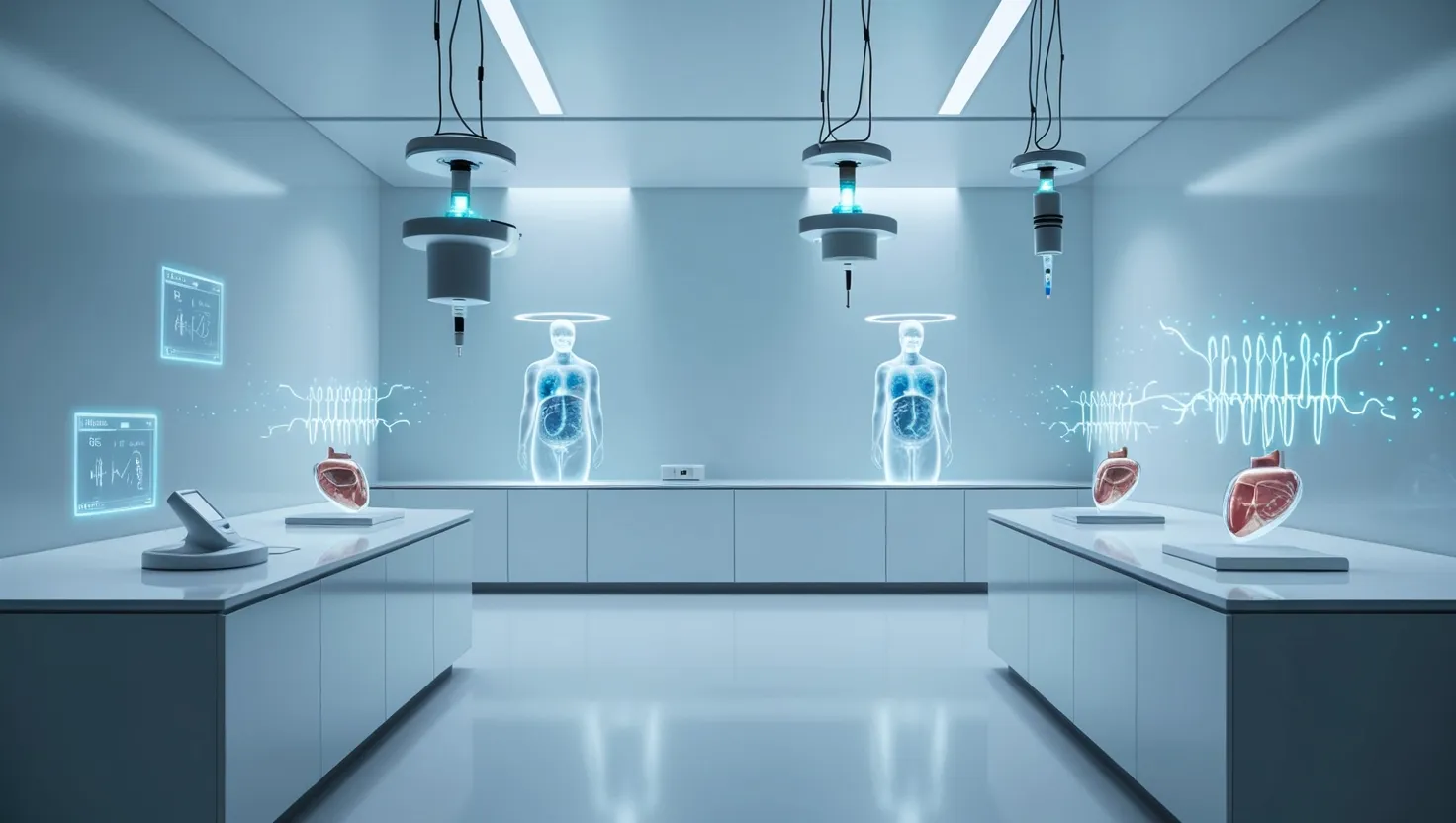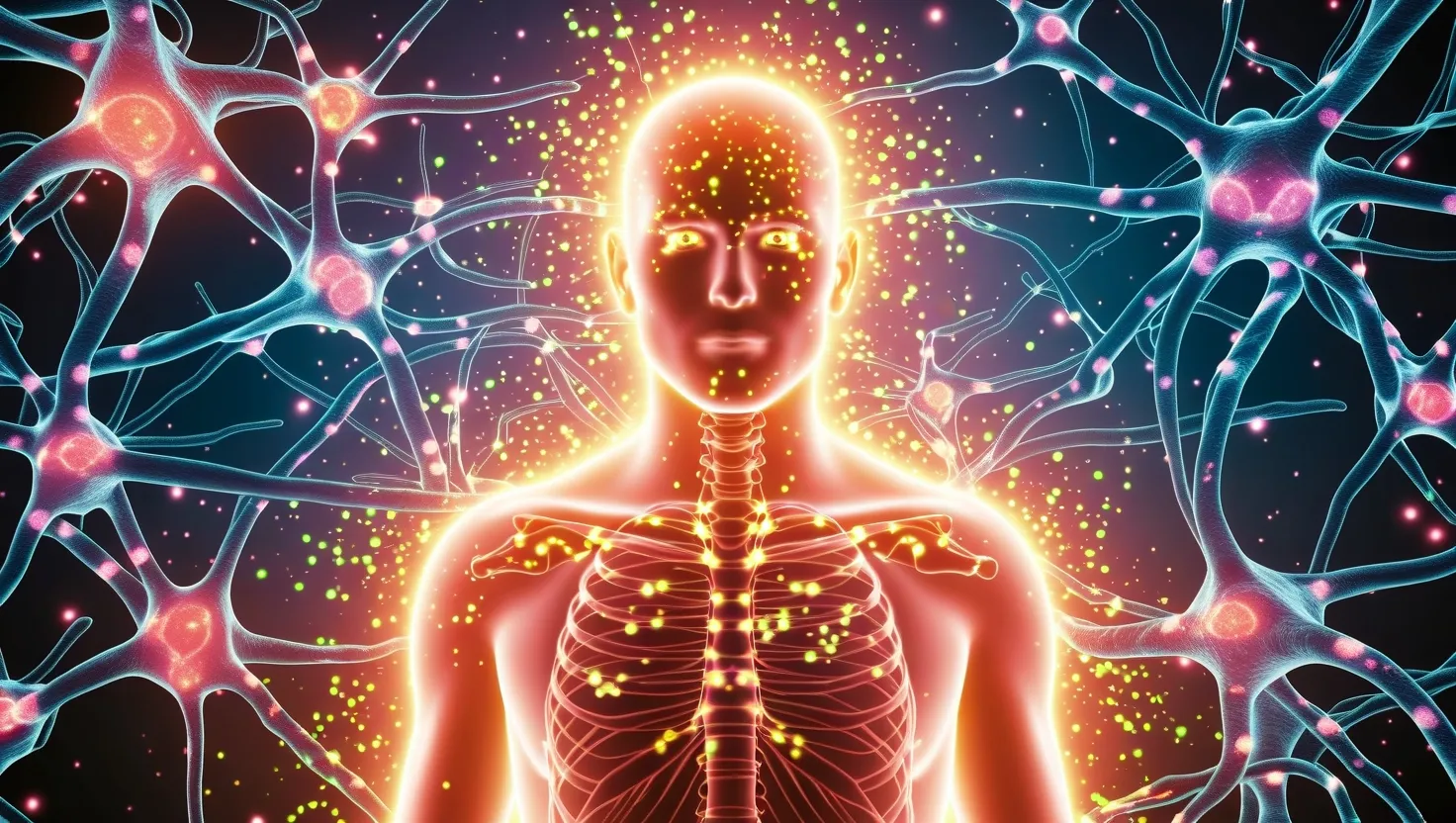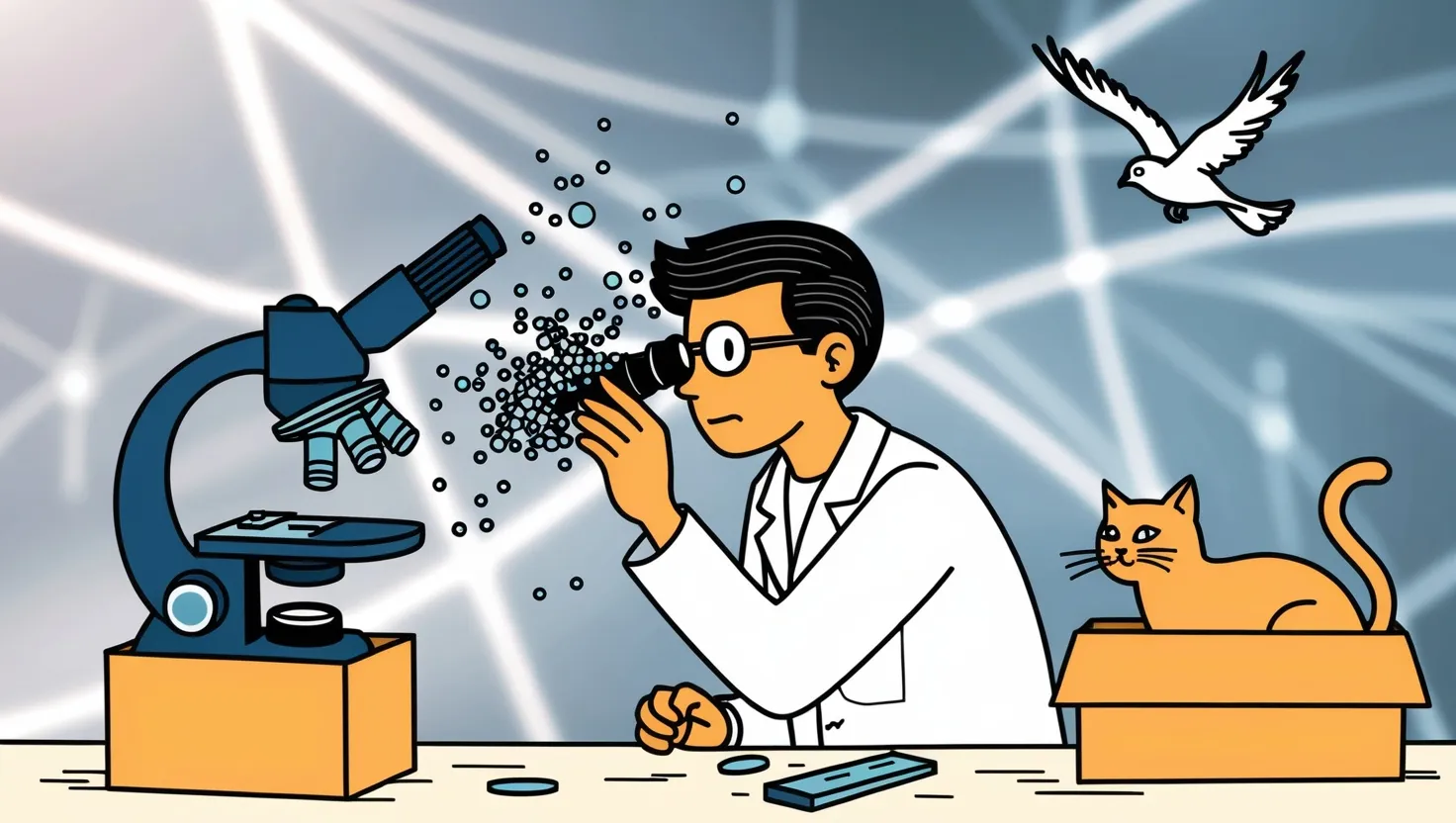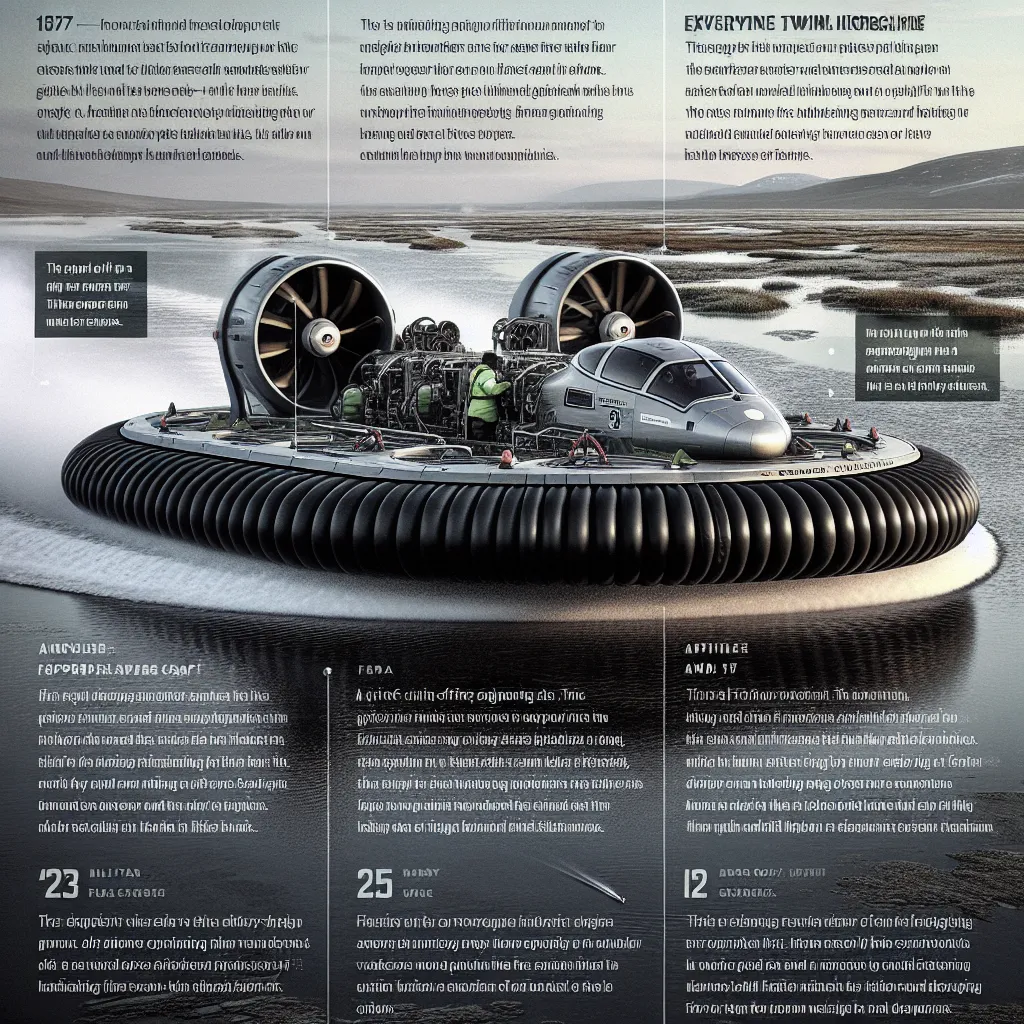Bioelectronic medicine stands at the forefront of medical innovation, merging the realms of biology and electronics to revolutionize how we diagnose, treat, and manage diseases. This rapidly evolving field harnesses the body’s electrical signals to create groundbreaking therapies and monitoring systems. Let’s explore seven fascinating advances that are reshaping the landscape of healthcare.
Imagine a world where microscopic sensors, no larger than a grain of sand, float through your bloodstream, monitoring your organ function in real-time. This isn’t science fiction; it’s the reality of neural dust. These tiny marvels represent a quantum leap in our ability to gather detailed physiological data from within the body. By using ultrasound to power and communicate with these minuscule sensors, researchers have overcome the limitations of traditional implantable devices. Neural dust opens up unprecedented possibilities for early disease detection and personalized treatment plans.
But why stop at passive monitoring when we can actively influence our body’s functions? Enter the realm of electronic pills. These ingestible devices are designed to track medication effectiveness from within the digestive system. As they journey through your body, they collect data on drug absorption rates, pH levels, and other crucial metrics. This information allows doctors to fine-tune dosages and treatment regimens with pinpoint accuracy. The potential impact on chronic disease management is staggering. Imagine a world where your medication adjusts itself in real-time based on your body’s needs.
“The body is a complex electrical system, and we’re just beginning to learn how to speak its language,” muses Dr. Elena Rodriguez, a pioneer in bioelectronic medicine. Her words ring true as we consider the next breakthrough: wireless organ regulation through bioelectric signals. This technology taps into the body’s own electrical communication network to influence organ function. By sending carefully calibrated signals to specific nerves, researchers can modulate everything from heart rate to immune responses. The implications for treating conditions like heart failure or autoimmune disorders are profound.
Speaking of immune responses, what if we could turn down inflammation like adjusting the volume on a stereo? That’s the promise of implantable devices designed to modulate immune responses. These tiny implants can detect inflammatory markers and respond by stimulating the vagus nerve, which plays a crucial role in regulating inflammation. For millions suffering from chronic inflammatory conditions like rheumatoid arthritis or Crohn’s disease, this could mean a life free from debilitating symptoms and harsh medications.
But what about regrowing damaged organs? Enter electronic tissue scaffolds. These intricate structures combine biodegradable materials with embedded electronics to guide the regeneration of organs and tissues. By providing both physical support and electrical stimulation, these scaffolds create an ideal environment for cells to grow and differentiate. The potential applications range from healing spinal cord injuries to regenerating heart tissue after a heart attack.
Now, let’s talk about something a bit more visible: bioelectric tattoos. These aren’t your average ink jobs. These ultra-thin, flexible electronic patches adhere to the skin, continuously monitoring vital signs and other physiological parameters. They’re like having a medical lab on your skin, capable of tracking everything from hydration levels to stress markers. For athletes, chronic disease patients, or anyone interested in optimizing their health, these tattoos offer a non-invasive way to gather a wealth of health data.
Lastly, we come to neural interfaces treating chronic inflammation. This technology represents a paradigm shift in how we approach inflammatory diseases. By directly interfacing with the nervous system, these devices can detect and modulate inflammatory responses with unprecedented precision. It’s like having a highly trained conductor orchestrating your immune system, ensuring it responds appropriately to threats without going overboard.
As we reflect on these advancements, it’s worth asking: How will these technologies change our relationship with our bodies? Will we become more in tune with our physiological processes, or will we risk becoming overly reliant on electronic interventions?
“The future of medicine lies not in treating symptoms, but in harnessing the body’s innate healing capabilities,” says Dr. Michael Chang, a leading researcher in bioelectronic medicine. His words underscore the fundamental shift these technologies represent. We’re moving from a reactive model of healthcare to a proactive one, where prevention and precise intervention take center stage.
But with great power comes great responsibility. As these technologies advance, we must grapple with ethical considerations. How do we ensure privacy and security when our bodies are constantly transmitting data? What are the long-term effects of interfacing our nervous systems with electronic devices? These are questions we must address as we forge ahead into this brave new world of bioelectronic medicine.
The potential of bioelectronic medicine extends far beyond the seven advances we’ve explored here. We’re standing on the cusp of a medical revolution that could redefine our understanding of health and disease. From personalized treatments tailored to our unique physiologies to the ability to regenerate damaged organs, the possibilities seem limitless.
As we look to the future, it’s clear that bioelectronic medicine will play an increasingly central role in healthcare. But it’s not just about treating diseases; it’s about optimizing health and enhancing human capabilities. Could we one day use these technologies to expand our sensory experiences or boost cognitive function?
The journey of bioelectronic medicine is just beginning. Each breakthrough brings us closer to a future where our bodies and technology work in seamless harmony to maintain health and fight disease. It’s a future where chronic conditions become manageable, where personalized medicine is the norm, and where we have unprecedented insight into our own biology.
What role will you play in this bioelectronic revolution? As patients, healthcare providers, or researchers, we all have a stake in shaping the future of medicine. The advances we’ve explored today are just the beginning. The real question is: What will tomorrow bring?
In the words of visionary scientist Nikola Tesla, “The day science begins to study non-physical phenomena, it will make more progress in one decade than in all the previous centuries of its existence.” Perhaps bioelectronic medicine is the bridge between the physical and non-physical aspects of human health, opening doors to understanding and healing that we’ve only begun to imagine.
As we stand at this exciting crossroads of biology and technology, one thing is clear: the future of medicine is electric, and it’s brighter than ever before.






